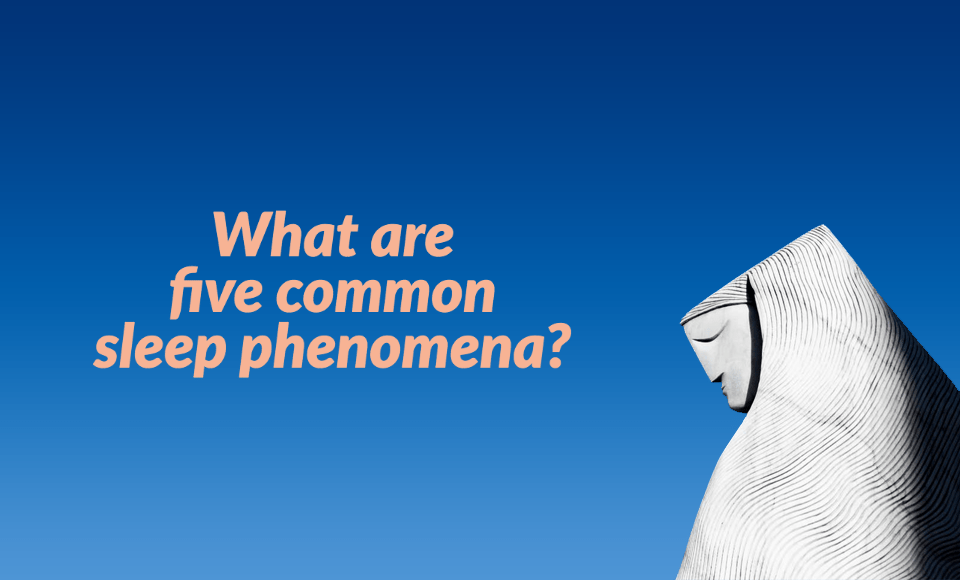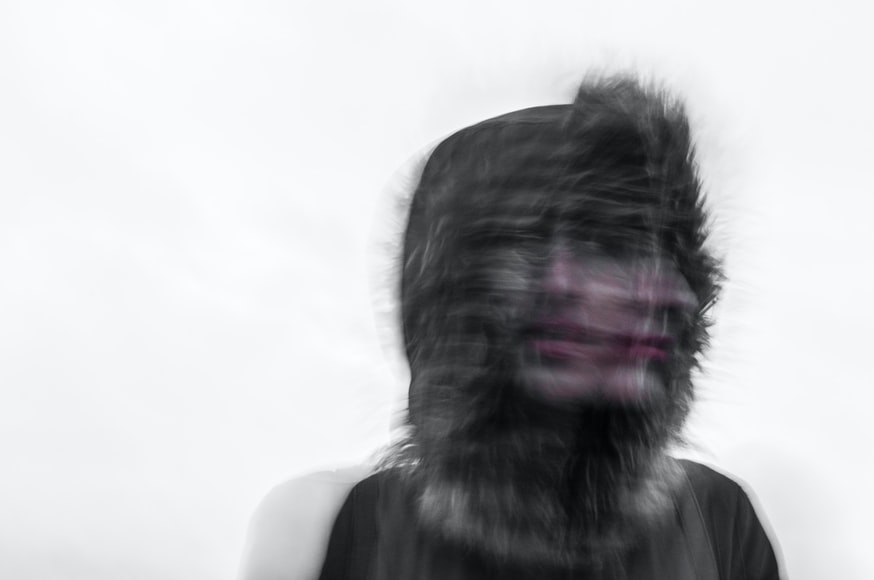Some of the hardest things for people to understand are the mysteries of the sleeping mind. Sleep in itself is only becoming less mysterious in recent years. Questions like “Why do we sleep?” and “Do we really need sleep?” are finally being answered. However, sleep phenomena still remain very mysterious and can be quite scary for the sufferer.
The following five sleep phenomena are understood, to an extent. As you’ll see, we do know the common symptoms and even some common causes of them. Nonetheless, we can hardly understand what causes the sleeping mind to behave in such ways.
Hypnopompic/Hypnagogic Hallucinations
Hypnopompic and hypnagogic hallucinations are, quite simply, hallucinations that occur while falling asleep or waking from sleep. Hypnagogic hallucinations occur while falling asleep and hypnopompic while waking. They are sometimes accompanied by sleep paralysis. These hallucinations are, more often than not, no indication that the sufferer has a mental condition.
Hypnagogic and hypnopompic hallucinations can be auditory, visual, tactile or kinetic. A common sleep hallucination is a sensation of falling causing you to jerk yourself awake and other such mild sleep disturbances. Many people will experience this mild form of hypnagogic or hypnopompic hallucination, in their lifetimes. However, they can also be quite disturbing. Some people may see a person or creature. These hallucinations are often described as very realistic.
Drug abuse has been linked to hypnagogic and hypnopompic hallucinations. Certain medications, medical conditions, and sleep disorders have also been linked to hypnopompic and hypnagogic hallucinations. However, none of these things must be present for a person to experience these hallucinations. They may happen to anyone, at any time, and can be chronic or isolated.
Lucid Dreaming
Lucid dreaming is probably the coolest of all sleep phenomena. Many people actually dedicate a great deal of time attempting to achieve lucid dreams. Lucid dreams are characterized by the awareness that you are dreaming. If you have ever been dreaming and suddenly realized that you were dreaming, then you have experienced a lucid dream. This may also be accompanied by the ability to control your surroundings within the dream. Virtually anything is possible with this control during lucid dreaming.
Night Terrors
Night terrors are often described as an awful experience. They are moments of terror that wake the sufferer from sleep. They are not always remembered the following day, but loved ones often become aware of the sufferer’s sleep terrors when they scream. It is very common for a person that is having night terrors to scream while they are waking in this state.
Symptoms of night terrors are sweating, fast heartbeat, sudden waking, confusion upon waking and screaming or crying. Sufferers may see frightening images upon waking. The cause of night terrors is unknown, but they are sometimes associated with some medical conditions, stress, or some medications. They are most common in children aged three to five but may occur at any age.
Night terrors typically last between 5 and 20 minutes. They occur during stage four of sleep and not during REM sleep. This is one of the things that differentiate night terrors from nightmares. In fact, people suffering from night terrors usually do not recall any sort of nightmare that may have triggered their symptoms, if they can recall the incident at all.
Sleepwalking
Sleepwalking, also known as somnambulism, is exactly what it sounds like. Quite simply, it is walking while sleeping. However, sleepwalking does have some other characteristics.
Sleepwalkers may walk around calmly or they may run around and behave frantically. They nearly always have their eyes open when the event occurs, but their eyes are unfocused. They can speak, but their speech is often incoherent. They also may not answer if they are spoken to while they are having an episode of sleepwalking.
Sleepwalking often occurs in young children and teens, but it may occur at any age. It is sometimes associated with certain medications, medical conditions, and psychiatric disorders. It typically occurs in sleep stages three and four.
Sleep Paralysis
Sleep paralysis is another frightening sleep phenomenon. It happens when you gain consciousness during sleep, but you cannot move. It may be coupled with hallucinations, which may be disturbing. Some people who have experienced sleep paralysis may believe that they have been abducted by aliens or have been possessed.
People of any age may experience sleep paralysis at any time. Experiences may be recurrent or isolated. Sleep paralysis may be associated with some medical conditions, medications or other sleep disorders.
These are only five of the most common sleep phenomena. There are many more that a person may experience. Not all of them require medical attention or treatment. Nonetheless, if any of these sleep disturbances, or any others, are distressing enough to cause significant stress, if the sufferer is losing a great deal of sleep or if they are acting out violently, medical attention may be necessary.



